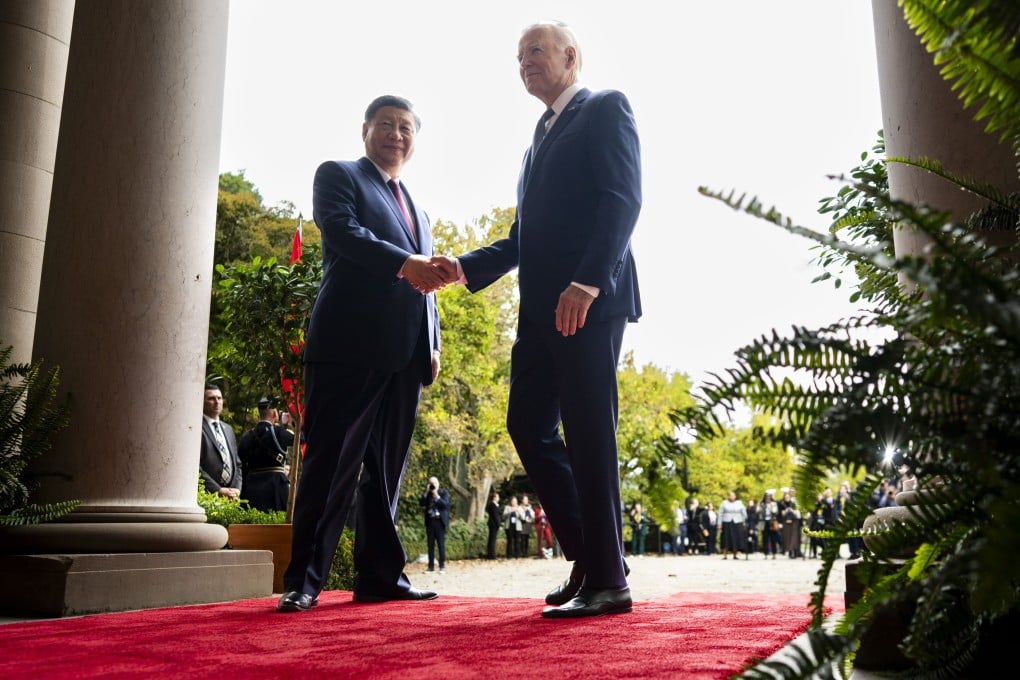China, US see the risks AI systems can bring. But can they see past military tech rivalry?
- US-China consensus on regulating the military use of AI mentions no specifics, amid challenge posed by the lack of a common definition for such systems
- Mutual vulnerability could still push the rival powers to create a common set of binding regulations, observers say

However, there were no specifics, and differences remain between the rival powers.
“I don’t know if they can go beyond what has already been agreed on at the international level,” said Dr Guangyu Qiao-Franco, an assistant professor at Radboud University in the Netherlands who specialises in politics and AI.
In 2019, China, the United States and 96 other countries devised a set of guidelines on the use of lethal autonomous weapon systems, or LAWS, which can be enhanced with AI. Meeting in Geneva, they agreed that humans must remain responsible for using such systems, their development should comply with international humanitarian law and that they should be fully tested before being deployed. The guidelines, however, are not legally binding.
“I’m not optimistic, to be honest, because [the US and China] are still too divided,” Qiao-Franco said. “I feel like the US has this incentive to limit China’s technology development. And then also China, of course, wants to increase its technology independence and wants to reduce those technology choke points.”